I created a PersistentVolume sourced from a Google Compute Engine persistent disk that I already formatted and provision with data. Kubernetes says the PersistentVolume is available.
kind: PersistentVolume
apiVersion: v1
metadata:
name: models-1-0-0
labels:
name: models-1-0-0
spec:
capacity:
storage: 200Gi
accessModes:
- ReadOnlyMany
gcePersistentDisk:
pdName: models-1-0-0
fsType: ext4
readOnly: true
I then created a PersistentVolumeClaim so that I could attach this volume to multiple pods across multiple nodes. However, kubernetes indefinitely says it is in a pending state.
kind: PersistentVolumeClaim
apiVersion: v1
metadata:
name: models-1-0-0-claim
spec:
accessModes:
- ReadOnlyMany
resources:
requests:
storage: 200Gi
selector:
matchLabels:
name: models-1-0-0
Any insights? I feel there may be something wrong with the selector...
Is it even possible to preconfigure a persistent disk with data and have pods across multiple nodes all be able to read from it?

